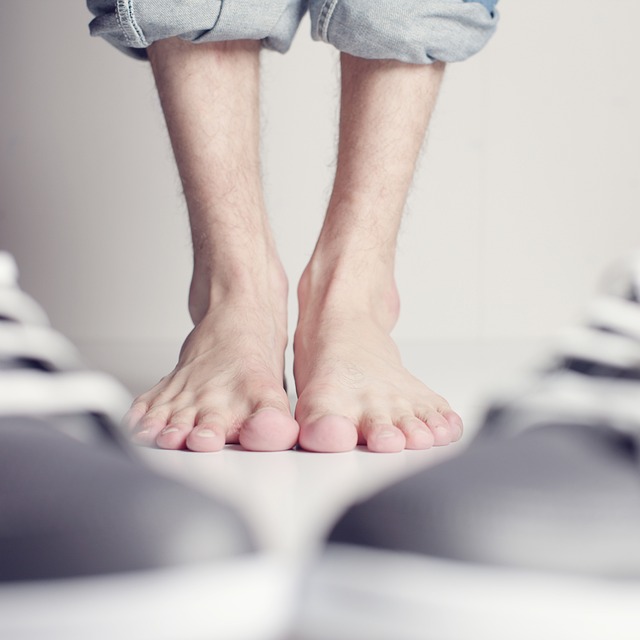Skin infections caused by fungi can be irritating and sometimes persistent, which is why using the right antifungal medication is essential to relieve symptoms and clear the infection. Whether you’re a fitness enthusiast battling athlete’s foot, a health-conscious individual looking for a cure for a persistent rash, or simply a person dealing with a general skin infection, understanding how to use antifungal cream correctly can make a significant difference in your recovery. Here’s your comprehensive guide to effectively using antifungal cream to treat such infections.
Table of Contents
Understanding Antifungal Medications
Before you begin using an antifungal cream, it’s crucial to understand what they are and how they work. Antifungal medications are designed to fight off infections caused by fungi. They can be applied directly to the skin (topical antifungals) or ingested as a pill (oral antifungals) for more severe cases. Topical treatments are usually the first choice for skin infections due to their localized application and lower risk of side effects.
Most antifungal creams contain an active ingredient that inhibits the growth of fungi. Commonly used ingredients include clotrimazole, miconazole, terbinafine, and ketoconazole. These creams can be purchased over-the-counter or prescribed by a healthcare professional based on the severity of the infection.
Select the Right Antifungal Cream
Choosing the appropriate antifungal cream is the first step in treating a skin infection. Several factors can influence your choice:
Identify the Type of Fungal Infection
Different fungi may cause various skin infections such as athlete’s foot, jock itch, ringworm, and yeast infections. Each type of infection may require a specific treatment. Be sure to identify your symptoms and, if necessary, consult with a healthcare provider to determine the nature of your infection.
Consider Allergies and Sensitivities
If you have known allergies or sensitivities to certain medications or ingredients, it’s important to check the label of antifungal creams for any components that you should avoid. This can help prevent an adverse reaction.
Decide on the Application Frequency
Some antifungal creams need to be applied once per day, while others may require two or three applications. Depending on your schedule and the severity of the infection, you may opt for a cream that’s convenient for you to use.
Dual-Purpose Creams
Some antifungal creams also contain ingredients that provide relief from itching, inflammation, or bacterial infections that can occur alongside fungal infections. If your symptoms include these, a dual-purpose cream could be a good choice.
Apply the Antifungal Cream Properly
Once you’ve selected the antifungal cream, applying it correctly is crucial for effectiveness. Follow these steps to ensure the proper application:
Clean and Dry the Infected Area
Before applying the antifungal cream, wash the infected area with soap and water and make sure it is thoroughly dry. Fungi thrive in warm, damp conditions, so keeping the skin dry is key.

Use the Right Amount
Apply a thin layer of the cream to the affected area and the surrounding skin. The active ingredients in antifungal creams are potent, and using more than necessary doesn’t enhance the treatment and may cause irritation.
Massage the Cream Gently
Use your fingertips to massage the cream into the skin until it’s absorbed. This ensures that the medication is distributed evenly and that it reaches all areas where the fungus may be present.
Keep the Area Uncovered
After applying the cream, allow the skin to breathe. Keep the area uncovered, if possible, to aid absorption and reduce the risk of the cream rubbing off onto clothing.
Wash Your Hands
Be sure to wash your hands thoroughly after applying the cream to prevent the spread of the fungus to other parts of your body or to others.
Monitoring and Follow-Up
After starting antifungal treatment, it’s important to monitor your symptoms and ensure that the infection is improving. If the symptoms persist or worsen after a few days of treatment, consult a healthcare professional. They can provide further guidance and may recommend an alternative treatment, including oral antifungals for more serious or persistent infections.
Preventive Measures
In addition to using antifungal cream, follow these preventive measures to reduce the risk of re-infection and to promote the healing process:
Maintain Good Hygiene
Keep the affected area clean and dry. Use a separate, clean towel for the infected area, and change it often. Avoid sharing towels and other personal items to prevent the spread of the fungus.
Wear Breathable Fabrics
Choose clothing made from breathable materials such as cotton to help keep the skin dry and prevent the growth of fungi.
Quarantine Items That Have Touched the Infected Skin
To avoid spreading the infection, keep any items such as socks, towels, and shoes that have touched the infected skin separate from others until they can be cleaned and disinfected.
Air Out Shoes and Boots
Fungi thrive in dark, damp environments, so it’s important to air out your shoes and boots regularly, especially if you have athlete’s foot or another foot fungi.
Use Foot Powder
If you are treating an athlete’s foot or jock itch, using an antifungal powder in addition to the cream can help keep the area dry and prevent the infection from spreading.
Incorporating these measures into your routine can support the effectiveness of the antifungal cream and reduce the likelihood of recurrence.
Using antifungal cream to treat skin infections is often a straightforward process, but it’s essential to be diligent in applying the cream correctly and taking additional steps to prevent further issues. By selecting the right cream, applying it properly, monitoring your progress, and practicing good hygiene, you can effectively manage and treat fungal skin infections. Remember, always consult with a healthcare provider if you have any concerns about your condition or its treatment. With the right approach, you can bid adieu to those pesky fungal infections and say hello to healthy, glowing skin again.
Featured Image by Silvia from Pixabay




